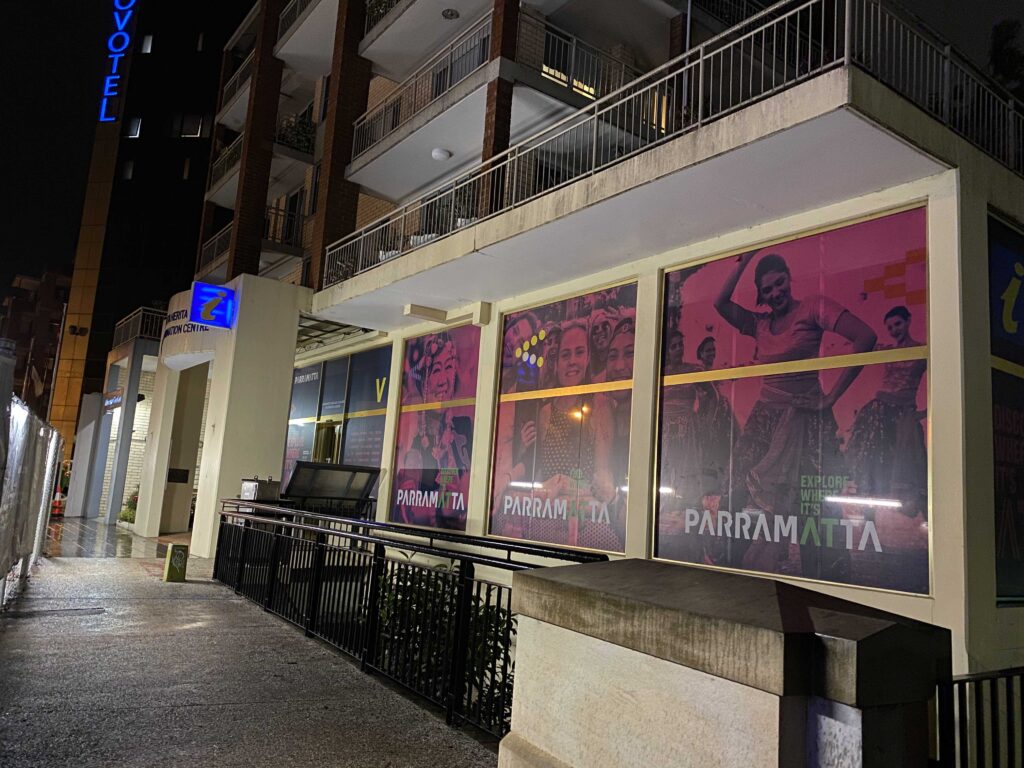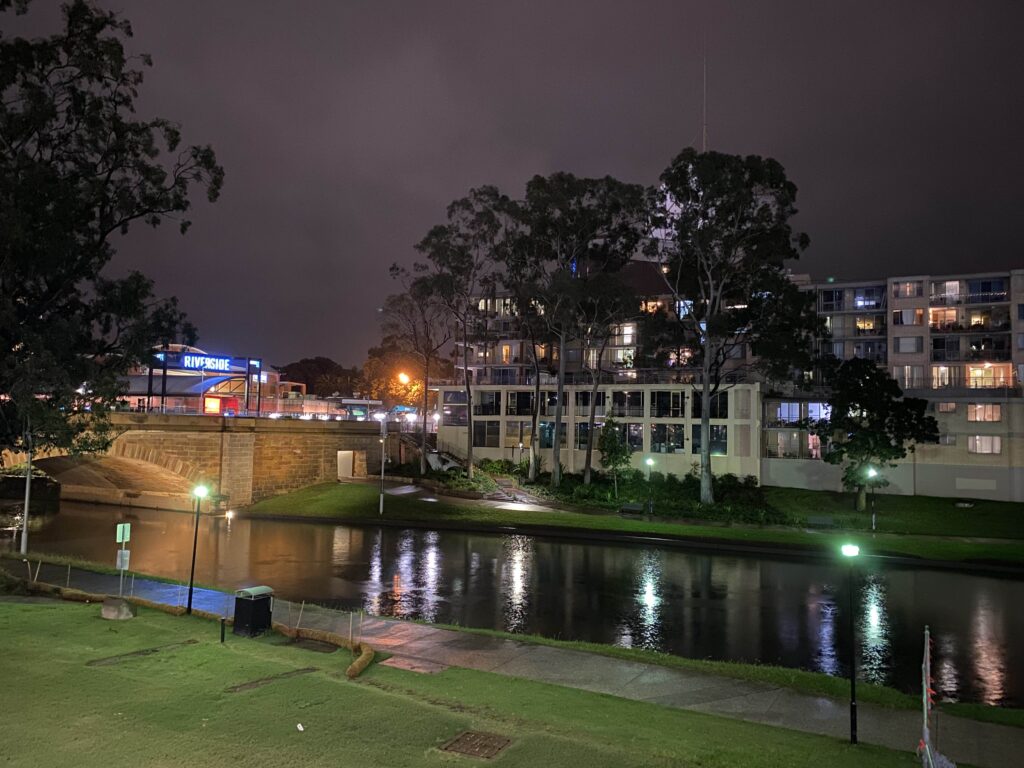
The Boorowa and District Historical Society and Museum is an organisation located in my hometown of Boorowa. Boorowa is a small rural community located 3.5 hours south-west of Sydney in NSW’s south west slopes. Growing up in Boorowa, the history of my town was taught to me at a young age and is vividly displayed on our streets in the conserved old buildings, the stories shared by locals, and the shamrocks lining our footpaths telling the history of Irish settlement. The museum inhabits a prominent position in the main street, attracting tourists and locals alike. I fondly remember going on excursions to the museum in primary school where we saw colonial dresses of the Hume family, learnt how the first refrigerators and phones worked, and realised the extent of my community and family’s rich contribution to the merino wool industry. Being surrounded by a community that actively honours and examines its history has possibly sparked my own passion for it. I have always been immensely proud of and intrigued by the history of Boorowa, as many other locals are, and I believe the museum to be the product of local pride and Boorowa’s rich collection of history.
The Boorowa and District Historical Society was founded in 1974 with the aims to “promote the study of local history in the Boorowa local government area; to preserve items of local historical significance consistent with the acquisition policy and accepted ‘museum good practice’; to operate the Boorowa museum; to mount displays of local and special interest; and to encourage research into the recording of local history[1].” The society consists of a group of passionate volunteers who offer family history research and actively document, preserve and interpret local histories. They have accumulated an impressive and diverse collection over the years, receiving frequent donations from locals who have been clearing out their storage or come across significant artefacts.
The society members are enthusiastic about the contribution of their work to the community. I believe that a shared history ignites local pride, and it is the stories and artefacts in the museum which educate the community on their history and keep their stories alive. The elders in my community are highly valued for their knowledge and memories of the town which contextualise and enrich the museum’s collection. When I visited the museum and spoke with the society members at the start of the month, they requested that I produce an oral history on my grandmother and local identity, Peg Merriman, for my project. Most visits to my grandma’s involve listening to endless stories about local personalities, town gossip and Boorowa legends. I find these stories intriguing but struggle to remember the details or correctly recall them when retelling. This made me think about the significance of recording and documenting my 97-year-old grandmother’s stories and memories so that they can be remembered throughout history and hopefully assist others in recalling events or people from the past.
[1] ‘About Us’, Boorowa and District Historical Society and Museum, https://boorowamuseum.wordpress.com/about-us/.


